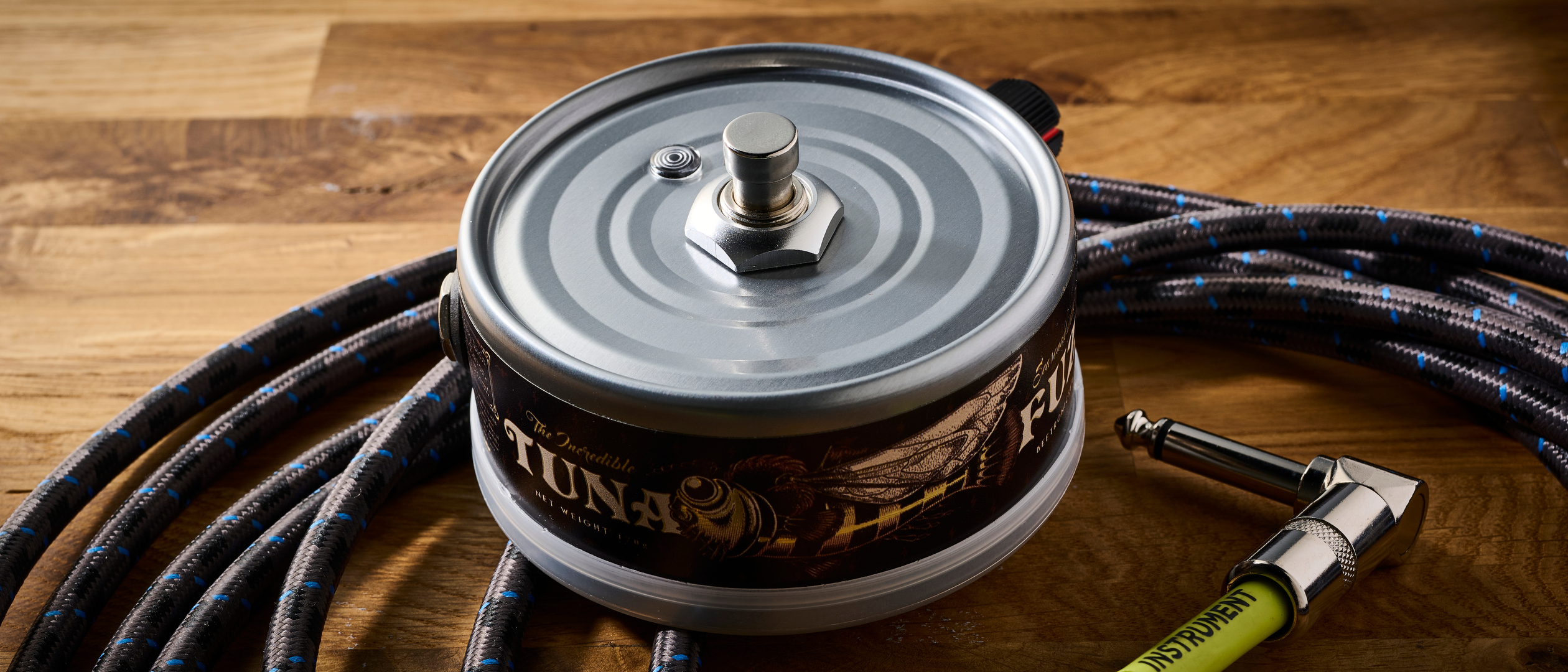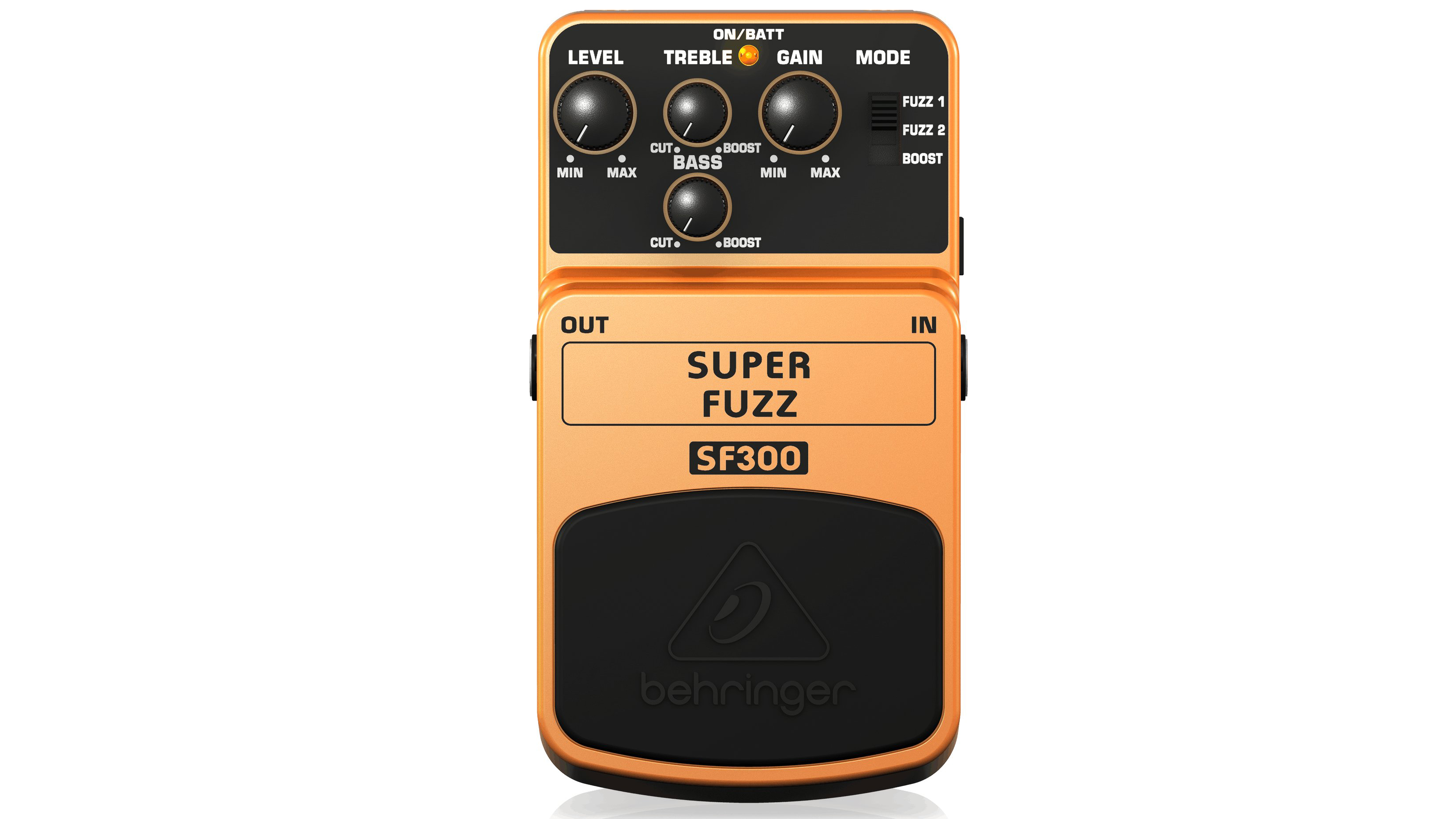MusicRadar Verdict
Super-simple, affordable and a lot of fun, the Tuna Fuzz makes a compelling introduction to the unhinged world of Beetronics’ sound, and is a no-brainer for all those Cro-Magnon players out there who like their fuzz wild and wooly with plenty of teeth.
Pros
- +
Cool design, nice vintage fuzz sounds.
- +
Just 99 bucks.
- +
Huge amount of gain and volume.
- +
Cleans up quite nicely.
Cons
- -
-Arrives in a lot of plastic packaging.
- -
Might be a little difficult to mount on your 'board.
- -
Some might need more tone-shaping controls.
MusicRadar's got your back
Beetronics Tuna Can Fuzz Pedal: What is it?
The Tuna Fuzz takes the Beetronics story back to the very start, to the before times, when the company’s Brazilian CEO, Filipe Pampuri, didn’t have the materials available to him now, so he would make do, up-cycling old tuna cans and using them as enclosures for his earliest pedal designs.
And this is pretty much what he has done with the Tuna Fuzz. In keeping with the thrifty spirit of the brand’s origin story, this super-simple fuzz pedal is Beetronics’ most affordable pedal yet. Pay no more than $99, and for your money you get a vintage-inspired three-transistor fuzz circuit with a single master volume knob (the 'Stinker' knob) housed in an actual tuna can.
No, it hasn’t been fished out of the recycling – but it is a real tuna can, sourced from a cannery. We’re getting a romantic Steinbeckian Macgyver vibe from the whole enterprise, and this sort of needs-must spirit of invention has clearly caught the imagination of the pedal-buying public at large. Available direct from Beetronics, the first two batches of the Tuna Fuzz has sold out, with pre-orders for a third open now.
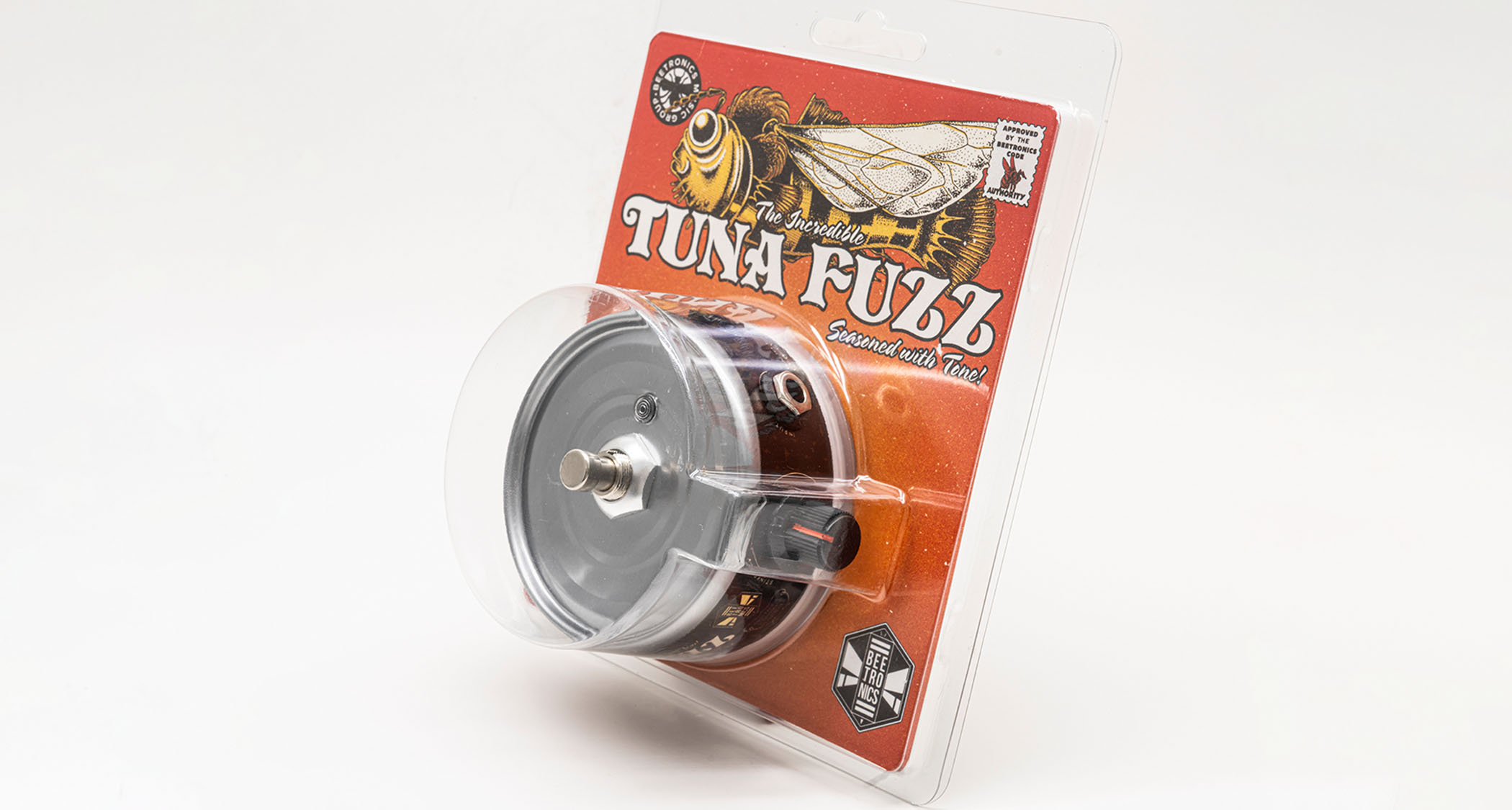
We are used to seeing high-concept guitar effects pedals from Beetronics. This is the company that brought us the Zzombee “Filtremulator” – the analog multi-effects unit with fuzz/drive and a whole bunch of weird randomised filters, octaver and “cross tremolo” and the capacity to dial in some whackadoodle electric guitar sounds.
The brand’s pedal catalog features some truly imaginative designs, such as the Royal Series Swarm Fuzz Harmonizer that renders your guitar’s signal into a square wave, then multiplies and divides it to offer nine different harmonies across two octaves, sounding like “a thousand killer bees coming to get you”.
How serious can a fuzz pedal be at this price?
The Tuna Fuzz is altogether more conventional. It is as straightforward as a fuzz pedal gets, let alone a Beetronics fuzz. There are no gain or tone controls. Again, just one master volume – the Stinker control, but it has a serious amount of volume behind it. So if you want the Tuna Fuzz to clean up, you’ll have to do it the old-fashioned way, rolling back the volume knob on your guitar. Beetronics promises a fuzz sound inspired by the earliest fuzz designs and one that calls to mind its Octahive, albeit without the octave mode.
But is all this just a clever gimmick? How serious can a fuzz pedal be at this price, in this housing?
Want all the hottest music and gear news, reviews, deals, features and more, direct to your inbox? Sign up here.
Beetronics Tuna Can Fuzz Pedal: Specs
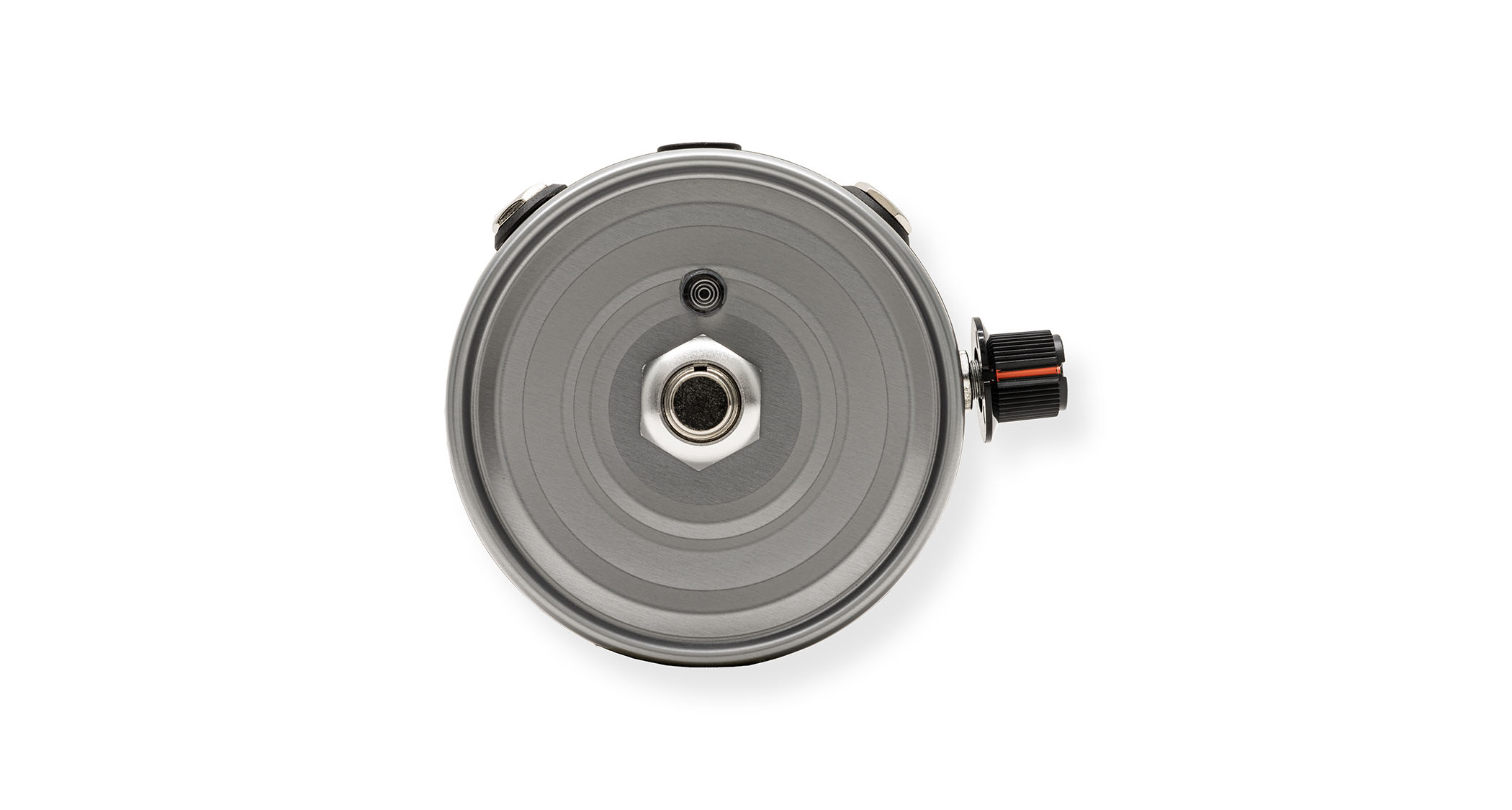
Launch price: $/£99
Type: Three-transistor circuit fuzz pedal
Made: USA
Controls: Master volume, footswitch
Connectivity: 1/4” input, 1/4” output, power supply input
Weight: 0.20lbs/0.9kg
Dimensions: 80mm diameter
Contact: Beetronics FX
Beetronics Tuna Fuzz Pedal: Build quality
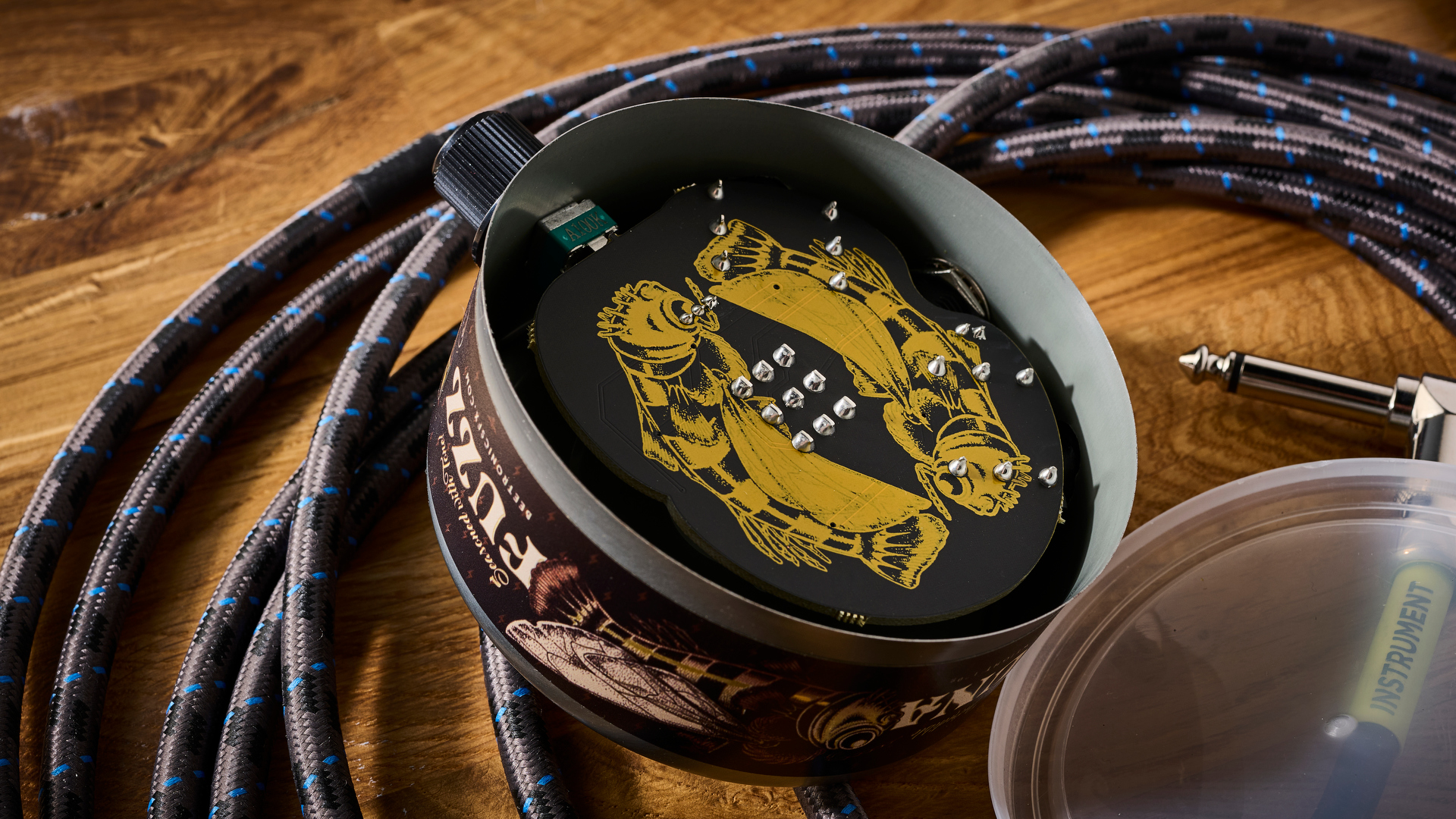
Build quality rating: ★★★½
Whether the sounds offered by a Beetronics pedal work for you or not, there is no disputing the imagination involved in the making of these pedals, and the Tuna Fuzz is no different. The placement of the connections is considered, with the 1/4” input/output jacks and the input for the pedalboard power supply all mounted close to each other, making it a little easier to find the space to mount the pedal.
The Stinker master volume is easy enough to access, mounted on the side of the pedal. You could probably just about adjust it with your toe if you’re particularly dextrous. The footswitch feels sturdy enough. Clunk. The whole thing feels sturdy enough, with the most of the components mounted directly to the PCB. That said, a tuna can design is no substitute for anodised aluminium, and there’s a little flex to the bottom of the pedal.
There is a slightly opaque plastic lid on the bottom – Tupperware’s last stand? – that both protects the circuitry inside and can be removed so you can admire the Tunabee design on the PCB.
Size matters. There’s no room for a battery. This takes 9V DC and draws 10mA. It is true bypass, and Beetronics advises not to place a buffer in front of it – caveating that advice with one of the few truisms in music and gear, that if sounds right then it’s all right.
We love the tuna can concept. Who couldn’t? But we could do without all that plastic packaging that it’s shipped in.
Beetronics Tuna Fuzz Pedal: Usability
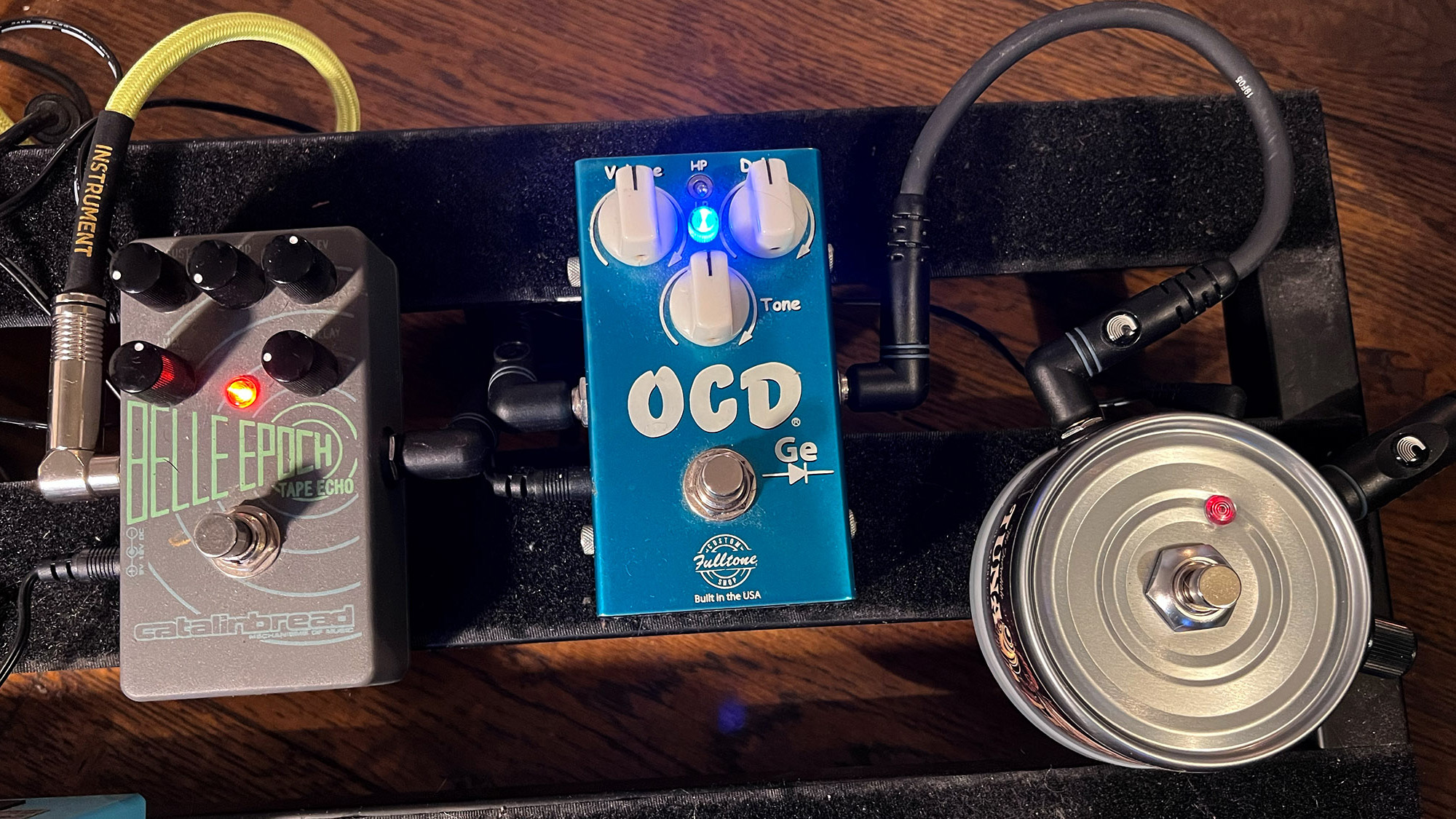
Usability rating: ★★★½
This is a single-knob fuzz so there’s no need for a manual. Just plug in and play, turn it up and see what happens, and what happens – what you will be immediately confronted with – is that this packs a punch.
There are no tone or bias – or even gain – controls on this to finesse the sound and make it play nice with the other effects you have
We placed it first in the signal path, pairing it with a Fulltone OCD, and a Catalinbread Belle Epoch tape echo, and playing it through a tube combo. We’re not going to complain about simplicity in a fuzz but it goes without saying that if you’ve got a lot on your pedalboard and a complex signal chain, there are no tone or bias – or even gain – controls on this to finesse the sound and make it play nice with the other effects you have. It is what it is; a “take me as I am or not at all” pedal. That is part of its charm.
It might be a little awkward to mount on some pedalboards, or at least to keep it mounted with that plastic tray on the bottom of the pedal. But it’s compact enough, a bit like a Fuzz Face Mini pedal, so finding a spot shouldn’t be an issue.
There is a lot of output from that master volume dial, and there is a lot of gain on the fuzz. Set the volume to how you like it and play.
Beetronics Tuna Fuzz Pedal: Sounds
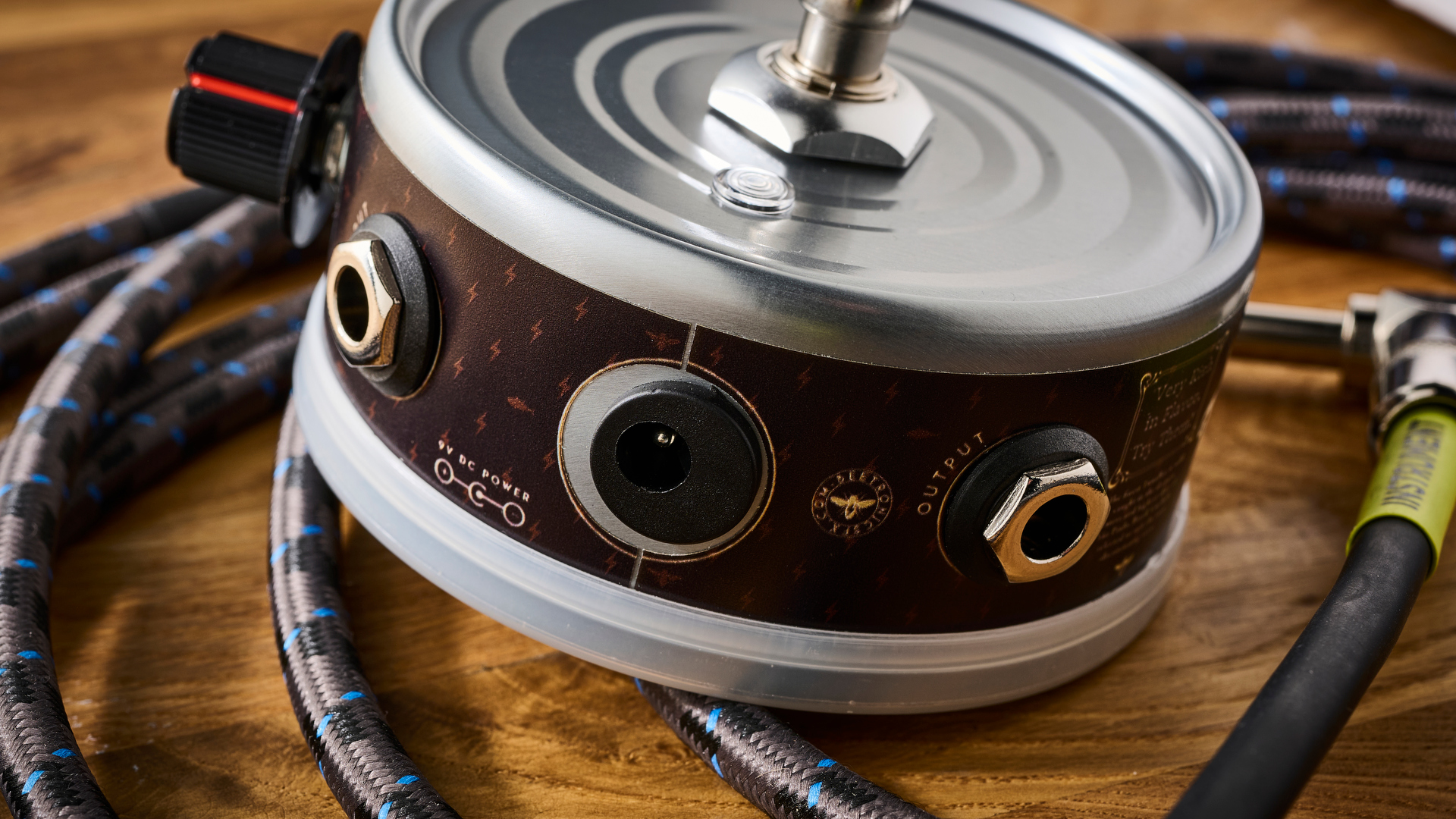
Sounds rating: ★★★★½
Fuzz, like tuna, is a matter of taste. Not all are created equal and they divide opinion. Many will prefer the white-fleshed albacore to skipjack. There are Fuzz Face die-hards. There are Big Muff super-fans. What this presents us with is an entry-level fuzzbox that doesn’t come burdened by expectations. With Beetronics coy about which three transistors are doing the Lord’s work on that PCB, we have to trust our ears. And what we are hearing is a vicious little fuzz with a big sound.
Just because you might not be able to adjust the settings on the fuzz besides output volume doesn’t mean it isn’t versatile
Resist the temptation to clean it up at first, don’t roll the volume back on your guitar yet. It’s best to wrestle the Tuna Fuzz full-on. Embrace the chaos, get a measure of it. There are wooly mammoth stoner sounds on a neck humbucker. The bridge single-coil on a Fender Telecaster presents the Tuna Fuzz with a wiry electricity that is bright and searing, but musical too.
There’s a feral quality to the clipping but this isn’t all just harsh frequencies and spike; just because you might not be able to adjust the settings on the fuzz besides output volume doesn’t mean it isn’t versatile. At full bore, it’s brilliant fun for doomy metal riffs and speaker-blowing Stooges-style punk. Players of a more anarchic bent will enjoy pairing it with a DigiTech Whammy pedal or maybe a POG. You might have to be careful with adding more gain in front of it – woofy saturation abounds, but we did enjoy running it into an OCD with its Drive knob at noon.
Pull back on the guitar’s volume control – alternatively, put a volume pedal in front of it – and you can shave some of the hair off it. There you will find those hot-and-scratchy ‘70s rock tones. A little reminiscent of CCR? Maybe that’s us. Still, very cool.
Beetronics Tuna Fuzz Pedal: Verdict
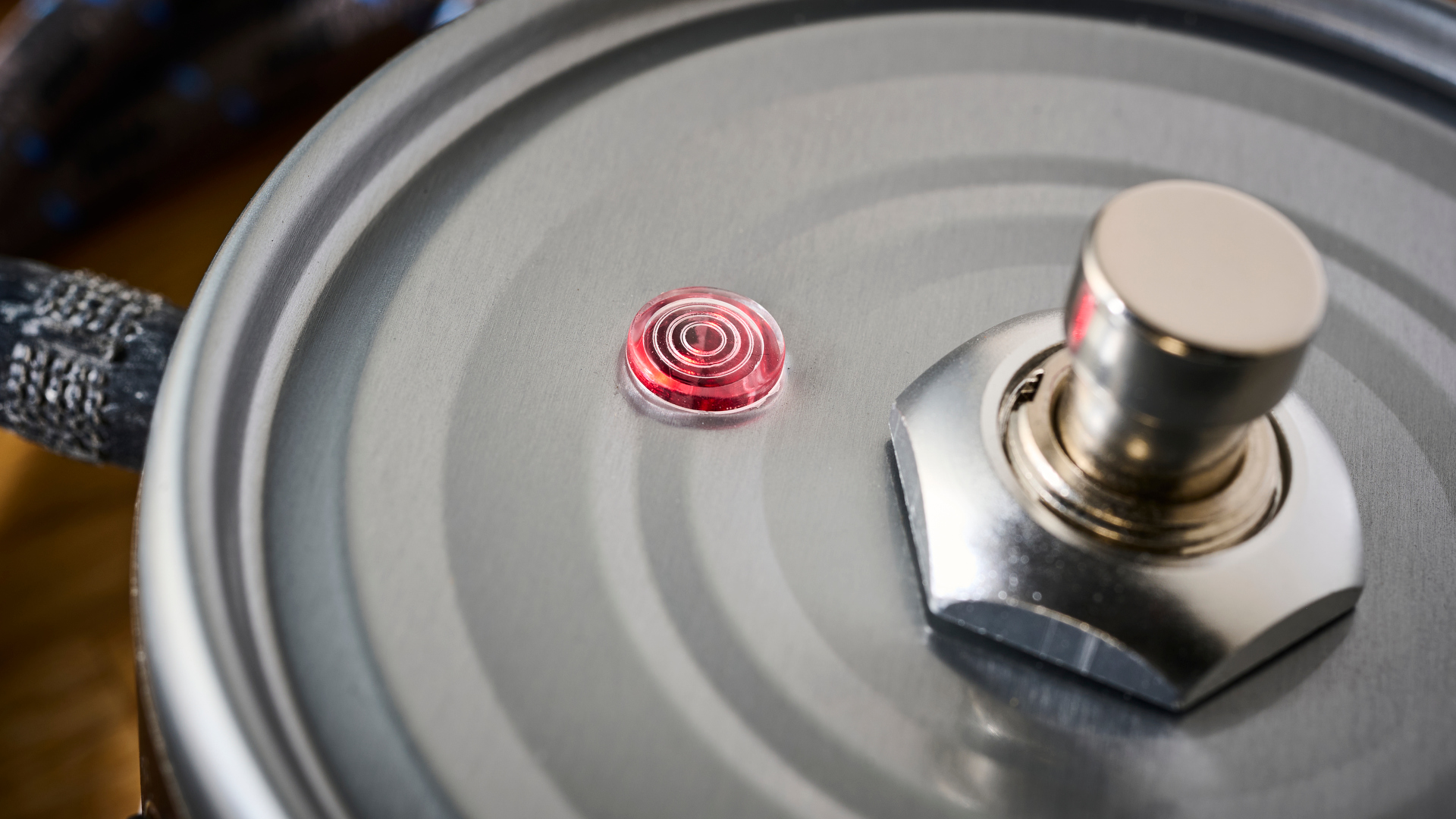
Fuzz is always a wildcard, and at no stage does the Tuna Fuzz sound overly polite. It’s never fully housebroken and how could it be? All we have is a master volume, our guitar’s volume control and our wits.
There are, obviously, more feature-packed fuzzes on the market, on which you can adjust the bias, the tone, all that sort of thing. And so players working the balancing act of a complex rig might want to look elsewhere or at least use this as a pinch-hitter for those special occasions when you need something to deliver the primal energy of vintage fuzz. But it will make your powerchords sound huge and duly apply that violining sustain to your leads, and the deft player could apply those qualities to a number of musical settings.
MusicRadar verdict: Super-simple, affordable and a lot of fun, the Tuna Fuzz makes a compelling introduction to the unhinged world of Beetronics’ sound, and is a no-brainer for all those Cro-Magnon players out there who like their fuzz wild and wooly with plenty of teeth.
| Test | Results | Score |
|---|---|---|
| Build quality | It's a can – literally | ★★★½ |
| Usability | Minimum controls | ★★★½ |
| Sounds | Fierce but musical | ★★★★½ |
| Overall | Affordable and fun | ★★★★ |
Beetronics Tuna Can Fuzz Pedal: Also try
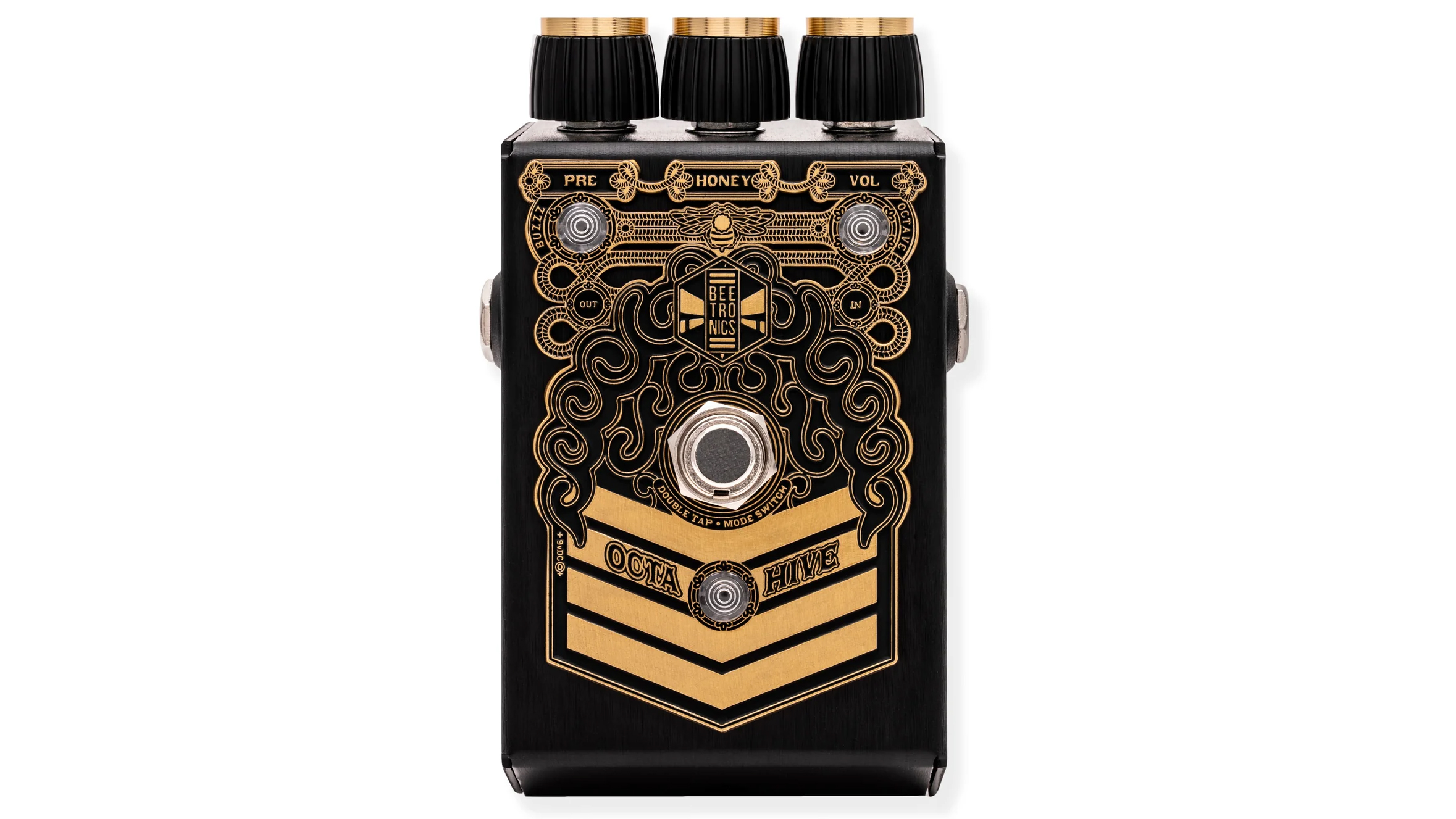
$199 / £215
Inspired by the '70s Tycobrahe Octavia, toggle fuzz and octave modes with a double-tap on the footswitch. Pricey but magnificent.

$169 / £159
This too is small, circular, and features a BC108 silicon transistor under the hood for all your Hendrix needs.
Beetronics Tuna Fuzz Pedal: Hands-on videos
Mark Johnston
Mike Hermans
Demos In The Dark
Get Offset
Jonathan Horsley has been writing about guitars and guitar culture since 2005, playing them since 1990, and regularly contributes to MusicRadar, Total Guitar and Guitar World. He uses Jazz III nylon picks, 10s during the week, 9s at the weekend, and shamefully still struggles with rhythm figure one of Van Halen’s Panama.
